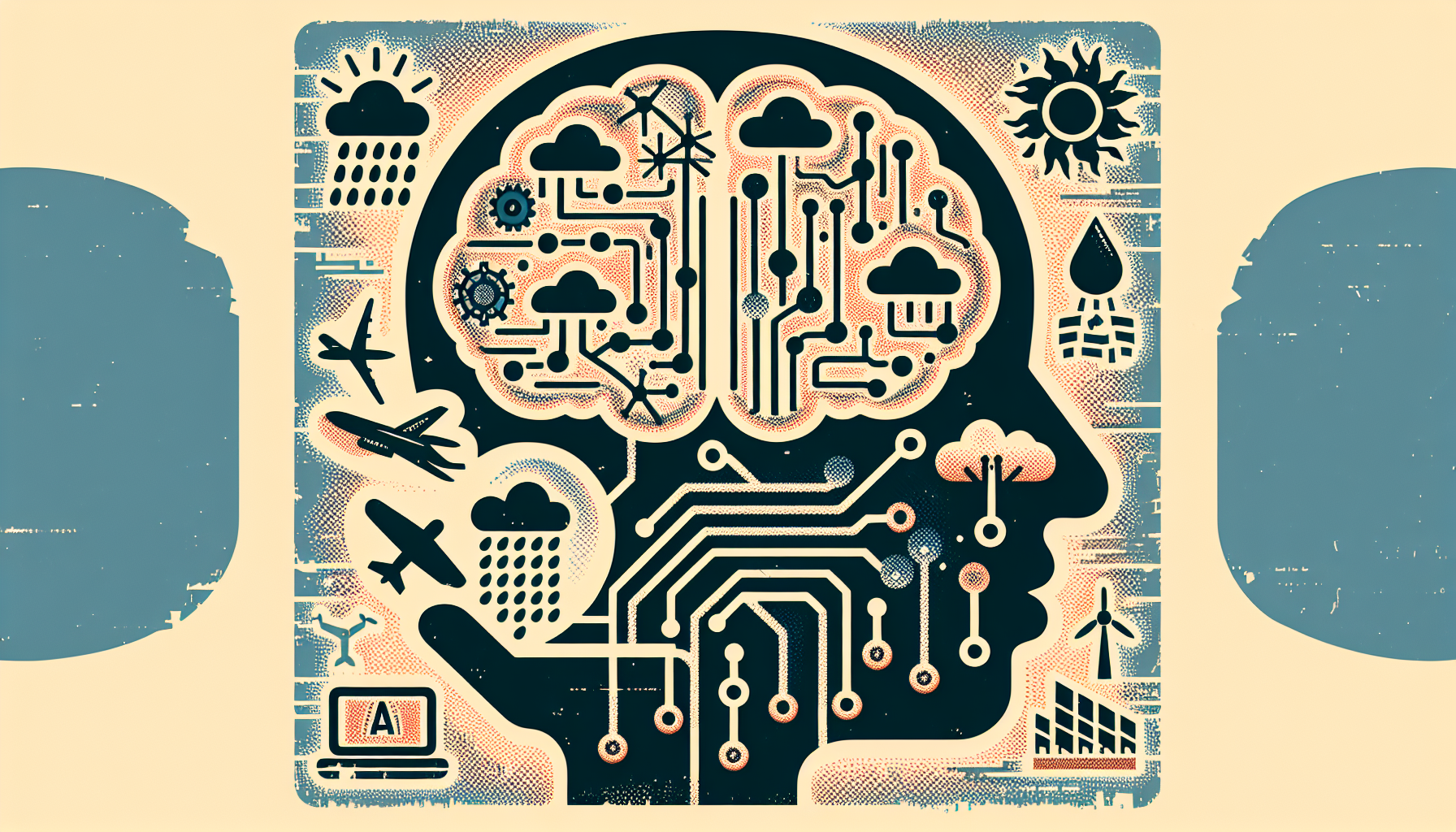In recent years, the art of predicting the weather has been transformed, all thanks to the power of Artificial Intelligence (AI). These cutting-edge advancements are not only making weather predictions more accurate and efficient but are also influencing a wide range of sectors such as aviation, agriculture, and energy.
Automated Data Collection
Traditionally, gathering weather data involved a lot of manual work, which was often slow and riddled with errors. Now, with the magic of AI, collecting data has become an automated process. This means tapping into a treasure trove of data from satellites, drones, ground stations, radars, and ocean buoys in real-time. This rapid and reliable access to data significantly boosts the precision of forecasts. Take, for instance, Atmo’s AI systems; they gather real-time weather data from a myriad of sources to constantly fine-tune and improve forecast accuracy.
Enhanced Predictive Analytics
The introduction of AI in weather forecasting has dramatically elevated predictive analytics. AI-driven models stand apart due to their ability to continuously learn and adapt with each new piece of data. Unlike the static models of the past, these dynamic models can spot emerging trends and heighten predictive accuracy over time. A shining example is GraphCast from Google DeepMind, capable of forecasting weather up to 10 days in advance with phenomenal precision and speed, surpassing existing gold-standard systems like the European Centre for Medium-Range Weather Forecasts’ High Resolution Forecast.
Real-Time Updates and Rapid Response Systems
AI also plays a crucial role in delivering real-time weather updates through apps and platforms that are easy to use. This access to real-time data is incredibly important, especially in severe weather conditions. With AI-powered rapid response systems, emergency responses are more swift and effective. These systems handle massive amounts of data quickly, offering timely updates during critical events like storms or hurricanes, enabling communities to take swift action.
Sector-Specific Benefits
Aviation
In aviation, safety has been significantly bolstered by AI, offering precise weather forecasts that enhance flight operations. Insights into turbulence, storm tracking, and wind shear help airlines chart safer and more efficient flight paths, putting passenger safety at the forefront.
Agriculture
Farmers reap the benefits of improved forecasts, allowing them to strategically plan planting and harvesting. By minimizing crop loss risks, AI supports more sustainable and productive farming efforts.
Energy
The energy sector is also reaping rewards, with AI forecasts aiding in better planning for wind and solar energy. This not only reduces costs but also improves the efficiency of renewable energy systems.
Climate Change and Research
AI’s capability to delve into climate change impacts offers unprecedented insights. Researchers use AI to scrutinize how climate change alters weather systems, providing critical data that informs government policies.
Future of AI in Weather Forecasting
Looking ahead, AI’s role in weather forecasting continues to expand, with ongoing efforts to make models even more precise and user-friendly. For example, the open sourcing of GraphCast’s code allows researchers to customize the model for specific regions and weather conditions. Atmo’s AI forecasts, already 50% more accurate than advanced systems, are blazing trails by delivering lightning-fast predictions, all thanks to their innovative approach to real-time data analysis.
In short, AI has transformed weather forecasting. It automates tedious data collection, sharpens predictive models, and offers real-time updates. These breakthroughs have profound effects across industries, making weather predictions more accurate and indispensable than ever before, equipping society to better adapt to and manage the weather.

Leave a Reply